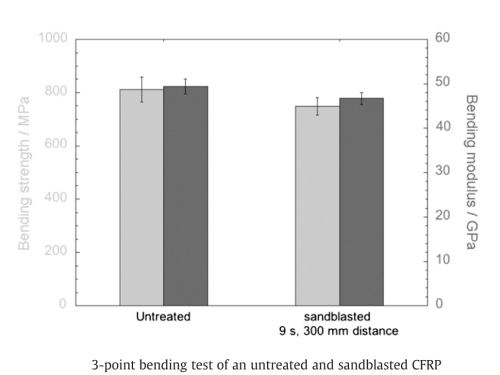
Currently focused on investigating the influence of the composite surface structure on the peel strength of metallised CFRP epoxies, the vessels are being produced using XU 3508/Aradur® 3486, a high toughness resin system from Huntsman, processed via Resin Transfer Moulding (RTM).
Due to its high fracture toughness, the department has commented that Huntsman’s resin system is particularly well suited to cryogenic applications. Due to its chemical stability, it is also helping to optimise sandblasting pre-treatment processes on the composite surface.
In replacing traditional materials in the pursuit of greater weight reduction, the use of composites continues to grow within both the aerospace and automotive industries. The use of CFRP for cryogenic liquid hydrogen storage systems is gaining increasing attention from industrial and academic parties alike.
As an energy carrier, liquid hydrogen offers much higher gravimetric energy density compared to gaseous and solid stored hydrogen, as well as conventional fuel systems.
Findings in a recently issued article by the university show that thanks to improvements in the adhesion of metallised coatings on composite surfaces, cryogenic storage systems traditionally made from stainless steel can effectively be produced using CFRP which has a metallic layer for permeation barrier purposes, leading to a weight reduction of approximately 60%.
As a pioneer in the commercial development of composite technologies, Huntsman’s materials for advanced composites are proven in all aspects of design and weight optimisation, providing a consequential positive impact on fuel consumption and greenhouse gas emissions.






